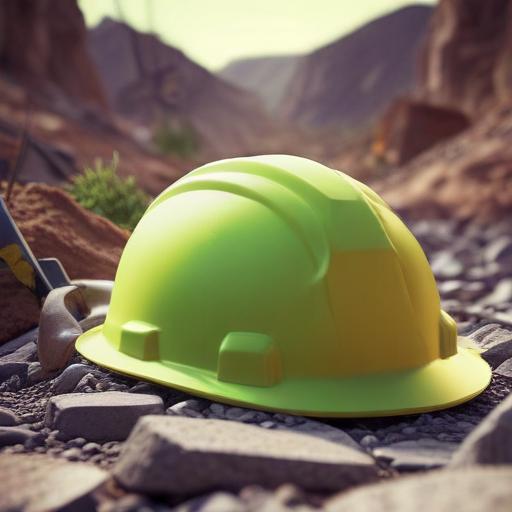Peru is considering the potential approval of mining projects valued at approximately $6 billion, aimed at boosting revenues from a sector vital to the national economy, as reported by various sources. President Dina Boluarte addressed Congress, revealing that the government is currently evaluating 134 exploration and exploitation projects.
As the third-largest copper producer globally, Peru is actively engaging with informal miners as part of an effort to stabilize the industry following protests that had disrupted key transport routes for major companies such as MMG and Glencore. Tensions among informal miners have escalated, particularly after over 50,000 were excluded from a formalization program, leaving only 31,000 participants in the initiative.
To alleviate these challenges, the government intends to align the remaining informal miners with regulatory standards by year-end. Furthermore, discussions have led to a temporary halt of protests and blockades by these miners as they seek to negotiate a new mining law.
In addition to addressing mining concerns, Boluarte announced the establishment of a private mining fund designed to enhance financial access for small formal operators. This initiative could significantly empower smaller ventures within the mining sector, potentially driving more sustainable growth and benefiting local economies.
The president also shared plans for a partnership with Ecuador’s state oil company, Petroecuador, to connect Ecuadorean oil fields to a Peruvian pipeline, facilitating transportation to the Talara refinery in Peru. This collaboration holds promise for improved energy resource management between the two nations.
While Peru’s economy is showing signs of recovery following a recession exacerbated by anti-government protests, nearly 30% of its population continues to live in poverty. Boluarte, who succeeded Pedro Castillo amid political turmoil, remains under investigation for her handling of protest-related fatalities, claims she denies. Earlier controversies also include a decision to double her own salary, stirring public discontent.
Despite these challenges, the government’s focus on mining projects and collaboration could represent a significant step forward for Peru’s economic landscape, with the potential to reduce poverty and promote sustainable development in the region.
